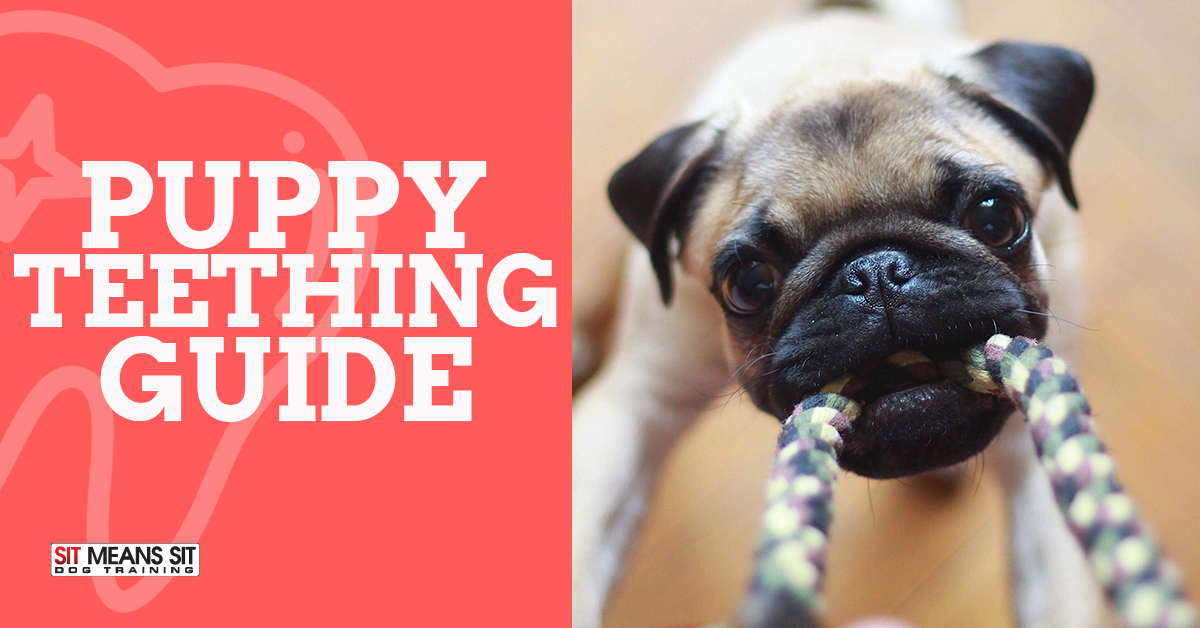
Puppy Teething Guide
Puppies are adorable, but when their teeth start coming in, it can be overwhelming for dog and owner alike. However, testing doesn’t have to be a difficult process for you and your little one. Follow this guide to learn about your puppy’s teething and what you can do to help your doggo through the teething process.
When Do Puppies Lose Their Teeth?
At around 5-6 weeks of age, puppies get their baby or “milk” teeth. These teeth are only temporary, and by about 12-16 weeks (which is when many owners welcome their new pups into their homes), your puppy’s milk teeth will begin to fall out and adult teeth will replace them. By 24 weeks, most puppies will have lost all of their baby teeth and adult teeth will be in place, and by eight months, your doggo’s teeth should be fully grown in. Once your doggo hits six months, you should check in with your vet to make sure your dog’s teeth are growing in properly.
Common Teething Behaviors to Look Out For
Teething comes with some added behaviors on your dog’s part, so look out for these signs that your dog is teething:
- Chewing – Chewing is a natural instinct in dogs. While your puppy is growing into their new set of teeth, they’ll probably try to chew on everything, from shoes to furniture to valuables, so try to limit the items that they have access to. Try to redirect their chewing instinct toward puppy-specific chew toys. It’s important to only purchase chew toys designed for puppies, or you risk harming your dog’s teeth while they’re still developing.
- Nipping – Nipping is another behavior that you’ll notice in your little one while their teeth are still developing. Unfortunately, nipping puts you at risk of getting bites and scratches on your own body. If your dog seems keen on nipping while they’re teething, signal that their behavior is unacceptable by yelping or saying “ouch” when they nip you. It may take some time, but your dog will eventually learn that they should only nip toys and not you. Try to be patient and keep some extra band-aids on hand while your dog is teething.
Ongoing Teeth Health
To ensure that your dog’s teeth health is maintained over time, make sure to visit your vet regularly to have them check up on your doggo’s teeth. They’ll be able to assess their tooth health and monitor the development over time.
Teething requires a lot of patience on your part and some pain on your dog’s part. Do your best to be understanding of the teething process by referencing this guide when you can. Your dog will have a full set of healthy adult teeth before you know it!
